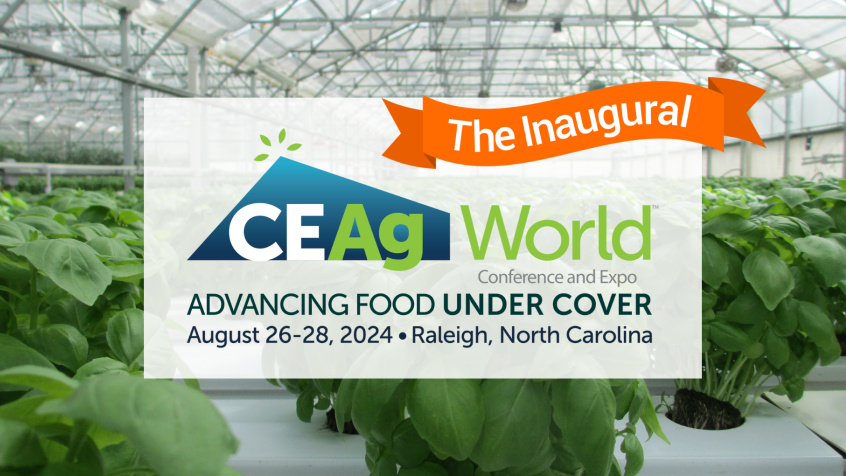Green Buildings

Increasing environmental consciousness has led to greater demand for green roofs and green walls, and to fill the demand, groundcover specialist Hortech, Inc. has added LiveRoof and LiveWall sections to its 2006-2007 wholesale catalog.
“I think it’s starting to transition to more of a common practice,” says Dave MacKenzie, owner of Hortech. “Developers and architects are certainly waking up to the merits of green roofs, and so instead of being an oddity as it was a few years ago, it’s starting to crossover into the realm of mainstream.”
Advantages
According to the Hortech catalog, sod-covered roofs were once commonplace in Europe and in American settlements, but today’s versions are far more sophisticated. Some benefits of green buildings include extended roof life, better air quality, noise reduction, storm water management, insulation and aesthetics.
Green roofs are able to cool surrounding air through evaporation and transpiration, and plants are also able to filter out airborne particles. Because foliage absorbs pollutants, green roofs can act as biofilters, similar to the way indoor plants positively affect air quality in homes.
Another advantage of green roofs is they can balance out urban heat effect, which is the temperature difference between urban settings and their rural surroundings. The catalog states pollution and absorption of solar energy can cause urban areas to be up to 16ËšF higher than the outskirts. Green roofs and green walls, however, can cool the air and moderate temperatures.
Scoring Points
The Leadership In Energy and Environmental Design (LEED) program has been one impetus for green roof growth, according to MacKenzie. The program assesses environmental appropriateness of building methods and was established by the Green Building Council. With the program, aspects of new construction are scored based on a set of criteria. The more environmentally responsible the construction, the more credits you accumulate, which can equate to bronze, silver, gold or platinum certification.
“A green roof itself doesn’t bring points or credits under the system, but it has to do with the cumulative effect of the different things that go into the development,” says MacKenzie. “There’s at least a dozen areas where the green roof can potentially affect the credits that are accumulated under this program.”
Some of those areas include insulation value, the efficiency of the heating and cooling systems and the overall health of the facility for the occupants.
MacKenzie says the program has become well recognized among developers and architects, as well as big corporations. Most universities and hospitals also will be assessed for LEED criteria.
What Works?
Depth of soil is a crucial factor in determining which plants will survive on a roof. Most green roofs, MacKenzie says, have only about four inches of soil, so drought tolerance is key. Plants that don’t have a deep root system, such as sedums, work well, too.
“It will depend on the part of the country,” says MacKenzie. “The more mild the climate, the more potential plants that can be grown. Seattle and Portland have the ability to grow a lot of plants on their roof tops, whereas for Texas or Alabama, the list would be shorter.”
The Carrabba’s restaurant chain is famous for its green roofs, and MacKenzie says the restaurants cross the line into the garden roof category. Garden roofs, which fall into the intensive green roof category, have more than six inches of soil and can include everything from vegetables to shrubs and trees. The more utilitarian roofs are called extensive green roofs and have a comparatively
short plant list.
So what should growers who want to get into green roofs do to break into the market?
“At this point in time, I think the grower’s role is just to be aware of what plants currently within their product line will work, and let the people [landscape and roofing contractors] know,” says MacKenzie. “The fortunate thing for the grower is most of the growing is done on a contract basis, so it’s just a matter of being attentive to the demands that come through from those who do the specifying,” he adds. “It’s not a case where you go out and build up a big inventory of green roof plants and hope to sell them. The market is more specific than that, and it tends to be on a per job basis.”
A Collaborative Effort
MacKenzie believes the market for green roofs will continue to grow and that more people will begin to see the benefits of green buildings.
“I don’t think that our environmental problems are going to go away, and I think that people like civic leaders, particularly mayors, have awakened to the cost of storm water management and pollution,” he says. “I think there’s an organization of mayors that are determined to have a positive effect on the environment globally, and they’re managing it on their home turf.”
The mayors of Chicago, Boston, Montreal and Grand Rapids, for example, are committed to greening their cities, reducing temperatures and dealing with storm water management, and MacKenzie sees a great deal of momentum behind this movement.
“I think it’s one thing everybody can do to try to mitigate the effect of global warming and some of the challenges we have as far as pollution and heat retention that comes with the urban environment, so it should continue to grow,” he says.
Hortech is currently in the process of patenting and trademarking its recently developed modular system for green roofs and recently received a USDA grant to help. Now the company is looking for growers who want to participate.
“I’ve been talking with growers throughout North America, and what we really need are other growers to grow in our system to service other parts of the country,” says MacKenzie. “What we would like to do is put together a network or coalition of growers to support our product.”
He adds that any growers currently growing perennials and servicing the landscape trade are potential candidates, and because of shipping costs, the closer they are to a metropolitan area, the better.
“What’s probably the most exciting thing for us about this is that potentially we can create a good deal of new business for growers and create some jobs,” MacKenzie says. “I think that’s something we all welcome right now.”









